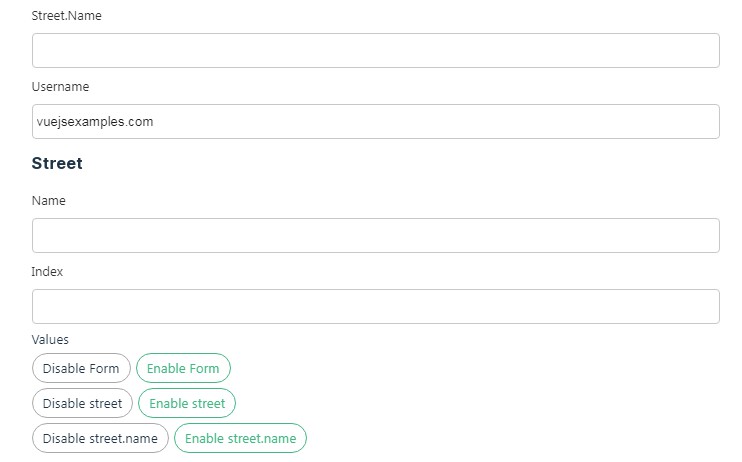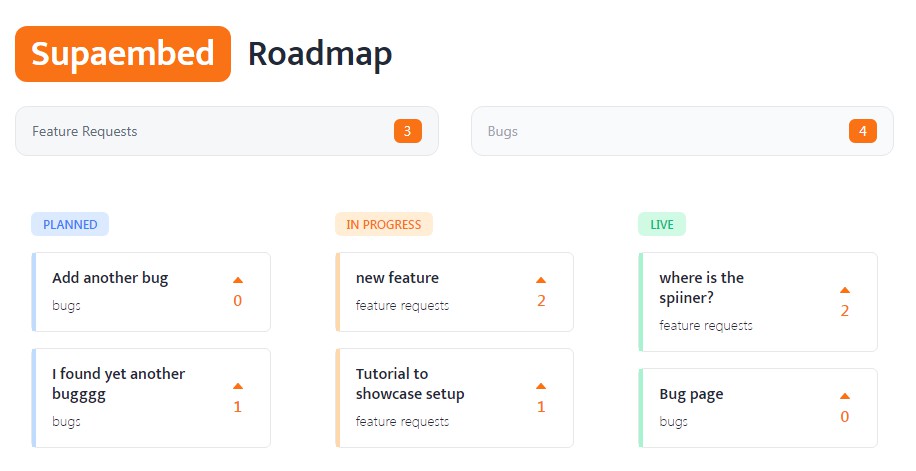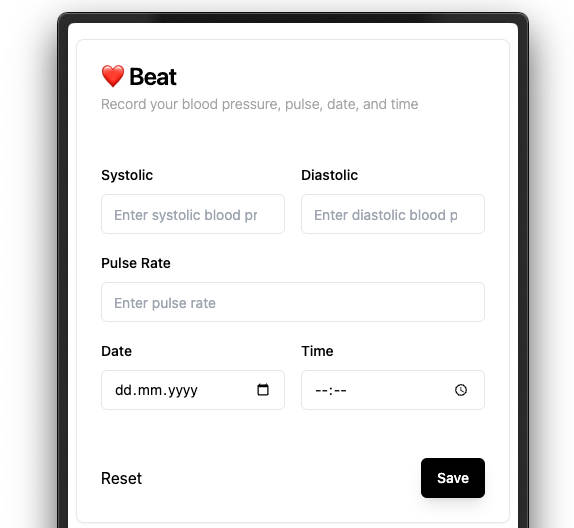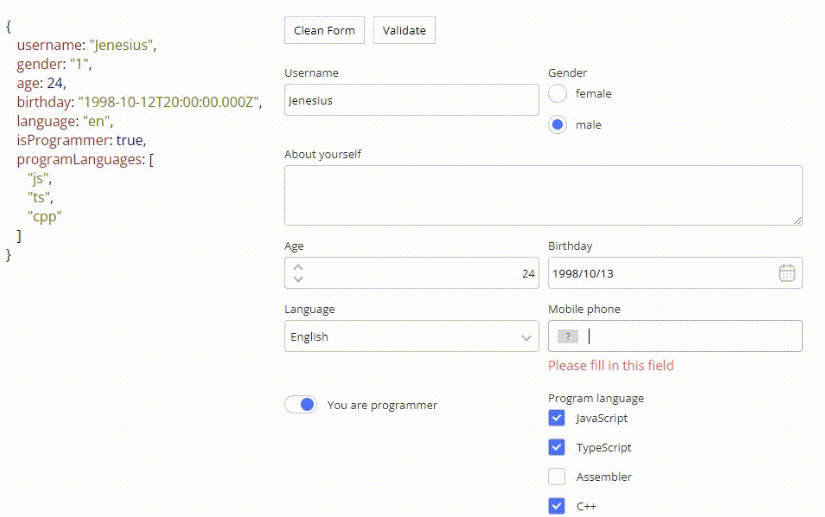Jenesius Vue Form
Heavy form system for Vue.js ( Only 3 Version ). Library provides a wide range of functionality and interaction with form elements.
Reason For Use
- ? The functionality of the form allows you to flexibly work with dependent elements.
- ? Create complex interfaces with lots of dependencies. One page can contain many
forms that will be managed from one place. - ✍ Connect your own input fields to the form. This gives flexibility and
independence on the part of the site design.
Where the spirit does not work with the hand there is no art. @Leonardo da Vinci
Main Form
To create a form, you just need to create an instance. JenesiusVueForm will do
most of the work for you.
import {Form} from "jenesius-vue-form"
const form = new Form()
Main Form state
The reactive form state can be obtained from the useFormState hook:
import {useFormState} from "jenesius-vue-form"
const {state} = useFormState(form) // disabled changed
Proxy Form
Composite objects (For example, Address, which contains country, city etc.)
can be created by calling the useProxyState hook.
import {useProxyState} from "jenesius-vue-form"
const {state} = useProxyState(name);
In this example, the Composite field will automatically subscribe to the parent form,
and will also serve as a bridge for all its child elements.
Input
When using the built-in input field, the library will do everything for you.
You don't need to sign it on the form yourself.
<template>
<input-field type = "text" name = "user" label = "Username"/>
<input-field type = "text" name = "age" label = "Age"/>
</template>
<script setup>
import {Form, InputField} from "jenesius-vue-form"
const form = new Form();
</script>
Custom Input
In most cases, you will use your own input fields.
In this case, you need to implement a small layer:
<input type = "text"
@input = "input.change($event.target.value)"
:value="state.value"
:disabled = "state.disabled"
>
import {useInputState} from "jenesius-vue-form"
const {state, input} = useInputState(props.name)
// state - {value, disabled, errors}
- input - an instance of Input which has several methods to work with
form interaction.
Example
The current example shows the simplest binding of two fields to a form and working with them
<template>
<input-field name = "username"/>
<input-field name = "password" type = "password"/>
<button @click = "showValues">values</button>
<button @click = "setUsername">set default name</button>
</template>
<script setup >
import {Form, InputField} from "jenesius-vue-form"
const form = new Form();
// Getting values from Form
function showValues() {
console.log(form.values);
}
// Setting username
function setUsername() {
form.change({
username: 'Jack'
})
}
</script>
Full Functionality
I recommend going to the documentation site,
which provides information on
validation, form lock/unlock, and all the states of the form and input fields.









